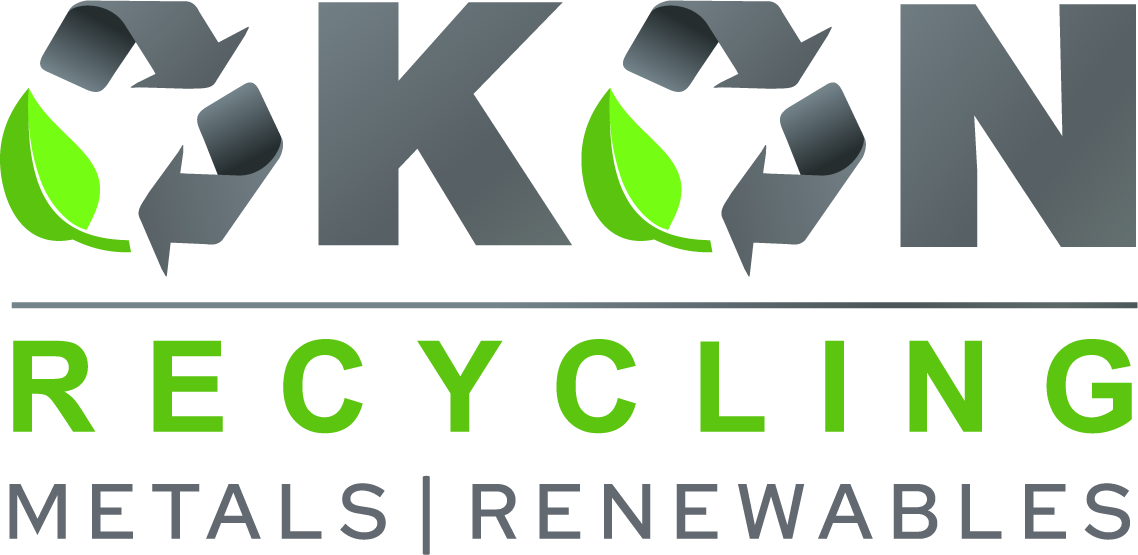5901 Botham Jean Blvd, Dallas, TX 75215
How to Recycle Locomotives Effectively
February 4, 2025Did you know that a single locomotive contains enough steel to build over 100 cars? This is one of the many reasons why recycling these massive machines is crucial for our environment.
Recycling locomotives is not just a simple scrap metal operation. It involves carefully dismantling these engineering marvels, identifying reusable components, and ensuring that materials are properly sorted for maximum environmental benefit.
From the sturdy steel frames to the intricate electronic systems, nearly every part of a locomotive can find new life through effective recycling practices.
One of the most exciting aspects of locomotive recycling is the sheer amount of materials involved. A single retired engine can yield tons of valuable resources. Steel, which forms the bulk of a locomotive’s structure, is highly prized in the recycling world.
But it doesn’t stop there – copper wiring, aluminum components, and even lead-acid batteries all have significant recycling potential.
As the complexity of locomotive recycling becomes apparent, specialized companies such as Okon Recycling have stepped up to meet the challenge.
These firms bring together expertise in heavy machinery, metallurgy, and environmental science to develop innovative solutions for managing these industrial giants at the end of their service life. Their work not only recovers valuable materials but also significantly reduces the environmental impact of decommissioned locomotives.
So join us as we journey through the transformative process of giving these iron horses a new lease on life!
Understanding Locomotive Components for Recycling
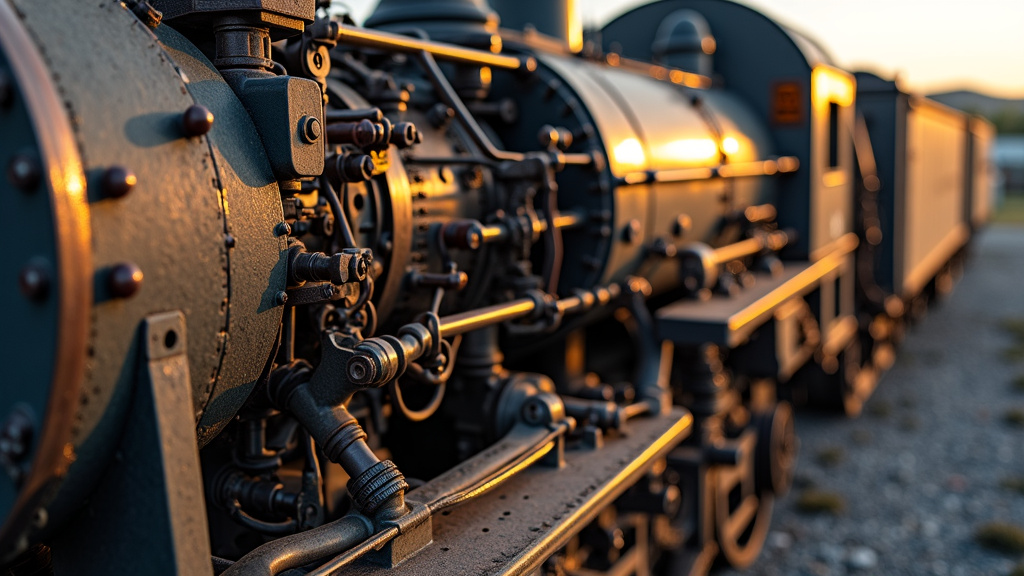
When a locomotive reaches the end of its operational life, it becomes a valuable source of recyclable materials. These massive machines, built to endure decades of heavy use, contain components that can be salvaged and repurposed. Let’s explore how companies like Okon Recycling are leading in sustainable industrial practices.
At the heart of every locomotive is its robust steel frame. This structural backbone, designed to support immense weight and withstand constant vibration, represents a significant portion of the recyclable material. Steel recycling conserves natural resources and requires significantly less energy than producing new steel from raw materials. In fact, recycling steel saves enough energy to power about 18 million households for a year.
Copper wiring forms the nervous system of a locomotive, carrying electrical signals throughout the machine. This highly conductive metal is particularly valuable in the recycling market. Did you know that recycling copper uses just 10% of the energy required to mine and process new copper? This energy efficiency makes copper recycling both economically and environmentally beneficial.
Batteries, often overlooked but crucial, present both a challenge and an opportunity in locomotive recycling. These power storage units contain hazardous materials that require careful handling, but they also house valuable metals like lead and lithium. Proper recycling of locomotive batteries not only prevents environmental contamination but also recovers these precious resources for reuse.
The Role of Specialized Recyclers
Recycling locomotives is no small feat. It requires specialized knowledge, equipment, and facilities. This is where companies like Okon Recycling come into play. With over a century of experience in the metal recycling industry, Okon has developed expertise in handling large-scale industrial recycling projects.
Okon Recycling’s approach to locomotive recycling exemplifies best practices in the industry. They employ a meticulous process that begins with careful dismantling to preserve the integrity of valuable components. Their state-of-the-art facility in Dallas, Texas, is equipped to handle the unique challenges posed by locomotive recycling, from managing hazardous materials to processing large metal structures.
The company’s commitment to sustainability goes beyond mere metal recovery. Okon Recycling has invested in advanced technologies that maximize the recovery of materials while minimizing environmental impact. Their processes ensure that even materials once considered unrecyclable find new life, keeping millions of pounds of industrial scrap out of landfills each year.
The benefits of locomotive recycling extend far beyond individual companies. By recovering and reprocessing these materials, the industry contributes significantly to resource conservation and the reduction of industrial waste.
For instance, recycling one ton of steel conserves 2,500 pounds of iron ore, 1,400 pounds of coal, and 120 pounds of limestone.
| Component | Recyclable Material | Benefits |
| Steel Frame | Steel | Conserves natural resources, reduces energy consumption by up to 90% |
| Copper Wiring | Copper | Saves 90% of the energy required to mine and process new copper |
| Batteries | Lead, Lithium | Prevents environmental contamination, recovers valuable metals |
| Aluminum Components | Aluminum | Uses 95% less energy compared to new aluminum production |
Challenges and Innovations in Locomotive Recycling
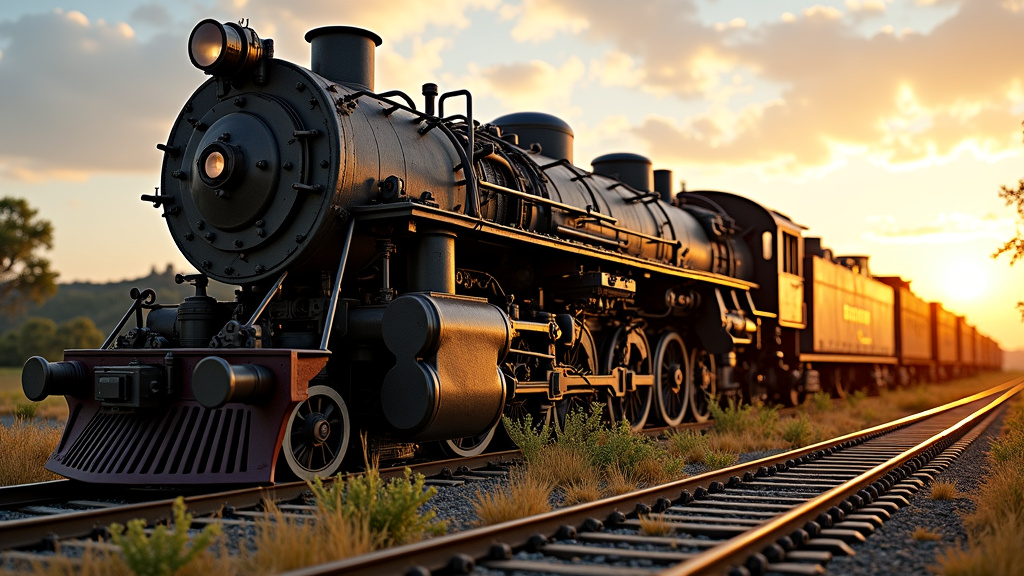
Recycling locomotives isn’t your average recycling job. It’s more akin to dismantling a small factory than crushing a soda can. The sheer size and intricacy of these machines present unique challenges that require innovative solutions. Let’s explore how cutting-edge technologies are transforming this complex process.
The Goliath of Recycling Challenges
When it comes to recycling locomotives, size definitely matters. These behemoths can weigh up to 200 tons and stretch over 70 feet long. It’s not something you can toss into your curbside recycling bin. The first hurdle is simply figuring out how to handle such massive objects.
But size isn’t the only issue. Locomotives are intricate machines, composed of a diverse array of materials. From the steel frame to copper wiring, from rubber hoses to high-tech electronics, each component requires a different recycling approach. It’s like trying to solve a giant, 3D puzzle where each piece needs special attention.
Moreover, many parts of a locomotive contain hazardous materials. These machines have been chugging along for decades, exposed to all sorts of chemicals and pollutants. Safely removing and disposing of these substances is crucial, adding another layer of complexity to the recycling process.
Innovative Solutions: Turning Challenges into Opportunities
Faced with these daunting challenges, the recycling industry has stepped up its game. Advanced sorting technologies have emerged as game-changers in locomotive recycling. These systems use a combination of artificial intelligence, machine learning, and sophisticated sensors to identify and separate different materials with incredible precision.
Imagine a high-tech conveyor belt that can distinguish between various types of metal, plastics, and even hazardous materials—all at lightning speed. It’s like having a team of super-efficient, never-tiring sorters working 24/7. These technologies not only speed up the recycling process but also significantly improve the purity of recovered materials.
But sorting is just the beginning. Eco-friendly dismantling processes have revolutionized how we take apart these metal giants. Instead of crude cutting and crushing, specialized tools and techniques are used to carefully disassemble locomotives. This approach not only reduces environmental impact but also preserves the quality of recyclable materials.
Okon Recycling: Leading the Charge in Locomotive Recycling
In this evolving landscape of locomotive recycling, Okon Recycling has emerged as a pioneer. With a century of experience in the metal recycling industry, Okon has successfully adapted its expertise to tackle the unique challenges posed by locomotive recycling.
Okon’s approach is comprehensive, addressing every aspect of the recycling process. They’ve invested in state-of-the-art sorting technologies that can handle the diverse materials found in locomotives. Their dismantling processes are designed to maximize material recovery while minimizing environmental impact.
But what sets Okon apart is their commitment to ecological responsibility. They don’t just recycle; they reimagine the entire process with sustainability in mind. From using energy-efficient equipment to implementing water recycling systems in their facilities, Okon is setting new standards for eco-friendly recycling practices.
The Future of Locomotive Recycling
As we look to the future, the landscape of locomotive recycling continues to evolve. Researchers are exploring new technologies that could further revolutionize the industry. For instance, bio-recycling
techniques using specialized bacteria to break down certain materials are showing promise in laboratory settings.
Moreover, there’s a growing focus on designing locomotives with recycling in mind. By considering end-of-life recycling during the design phase, manufacturers can make future locomotives easier to dismantle and recycle. It’s a proactive approach that could dramatically simplify the recycling process in the decades to come.
As we face the environmental challenges of the 21st century, the story of locomotive recycling offers a powerful lesson. It shows us that with innovation, determination, and a commitment to sustainability, even the most daunting recycling challenges can be overcome. The next time you see a train rumbling by, remember: its journey doesn’t end when it leaves the tracks. Thanks to companies like Okon Recycling, it could be reborn as something entirely new, continuing to serve our world in a different form.
| Train Type | Recyclability Rate (%) | Recoverability Rate (%) |
|---|---|---|
| Electric Metro | 92% | 95% |
| Diesel Commuter Train | 90% | 93% |
| High-Speed Electric Train | 91% | 94% |
Benefits of Recycling Locomotives
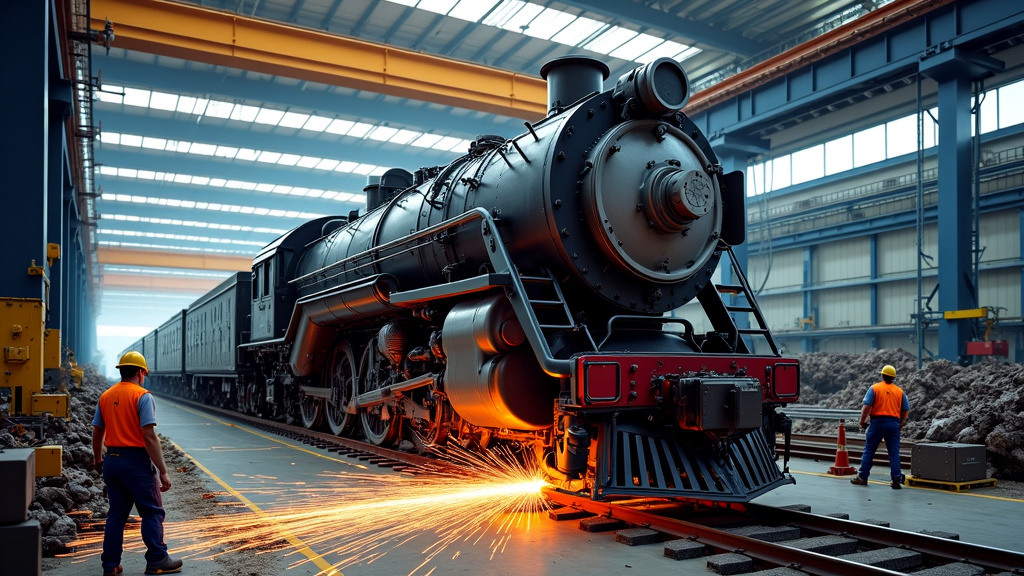
Locomotives, often seen as hulking giants of steel, have remarkable recycling potential. The benefits of recycling these railway workhorses extend far beyond simply clearing up space in train yards.
Let’s explore how this process is steering us toward a more sustainable future on the rails.
First and foremost, recycling locomotives is a powerful way to conserve our planet’s precious resources. The average locomotive contains about 100 tons of steel – equivalent to the weight of about 70 cars! By recycling this metal, we can reduce the need for new raw materials by up to 90%. This not only preserves natural resources but also significantly cuts the energy required for metal extraction and processing. It’s a win-win for both the environment and our energy grids.
But the benefits don’t stop there. Recycling locomotives significantly reduces pollution and energy usage compared to manufacturing new ones from scratch. According to SNCF Group, recycling steel from old rolling stock can cut CO2 emissions by up to 58% compared to producing new steel. That’s a breath of fresh air for our atmosphere!
Moreover, locomotive recycling aligns perfectly with the principles of a circular economy. Instead of the traditional ‘take-make-dispose’ model, we’re creating a closed loop where materials are reused and repurposed. This approach not only minimizes waste but also creates new economic opportunities. For instance, recycled metals from locomotives can find new life in everything from construction materials to new train components, keeping valuable resources in circulation.
As we’ve seen, the benefits of recycling locomotives are far-reaching and multifaceted. From conserving resources and reducing pollution to contributing to a circular economy, this process is an essential component of sustainable rail transport.
Companies like Okon Recycling are showing us the way forward, proving that with the right approach, we can turn the remnants of our industrial past into the building blocks of a more sustainable future.
Conclusion: The Future of Locomotive Recycling
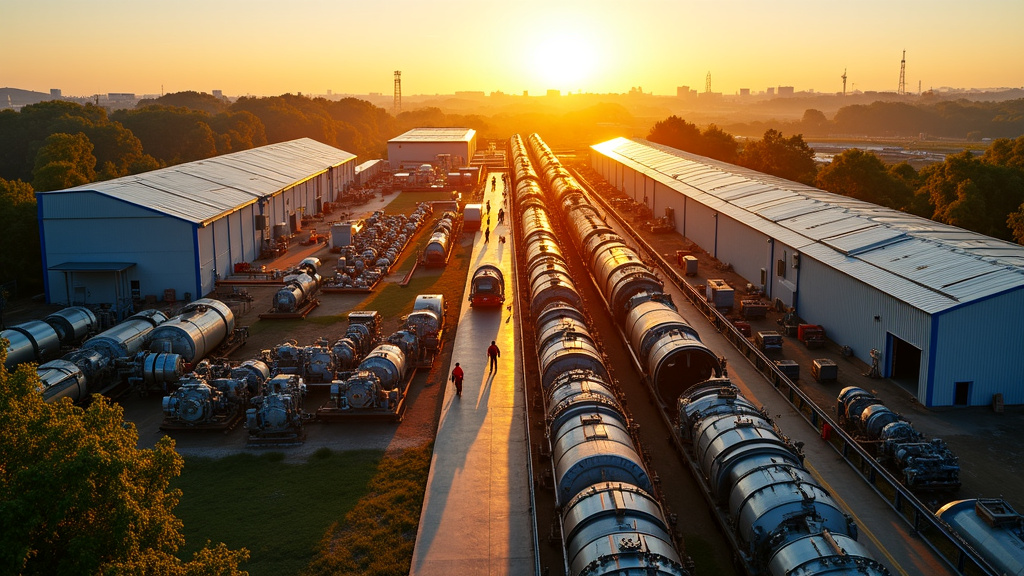
The future of locomotive recycling is bright, with technological advancements reshaping the end-of-life management of these industrial giants. The rail industry is on the verge of a green transformation, where recycling plays a key role in its sustainability narrative.
Innovative processes are emerging, enabling more efficient material recovery and reduced environmental impact. From advanced sorting technologies to new applications for reclaimed materials, the field is full of potential. These advancements not only save valuable resources but also support a more circular economy in the transportation sector.
Environmental awareness is growing across industries, and the locomotive sector is no exception. As stakeholders become more conscious of their ecological footprint, the demand for responsible recycling solutions is rising. This change in mindset is driving investment in green innovations, pushing the industry toward more sustainable practices.
Ready to make a difference? Contact Okon Recycling at 214-426-6566 to learn about their innovative recycling solutions and join the movement towards a cleaner, greener world.
